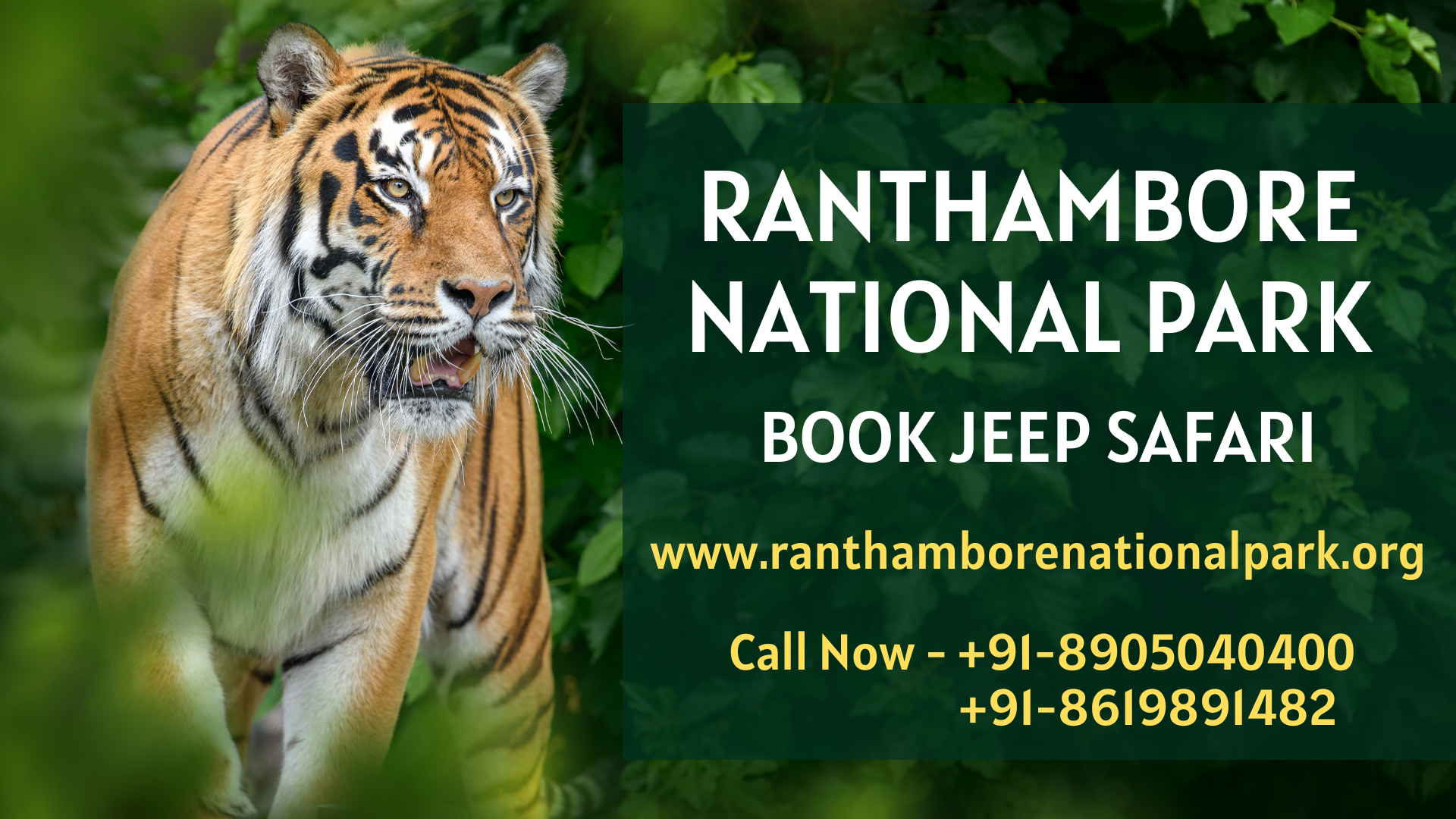Essential Things You Must Know on wildlife tours india
Ranthambore Safari Booking: An Unforgettable Wildlife Experience

Ranthambore National Park, situated in the Sawai Madhopur district of Rajasthan, India, is a wildlife lover's paradise. Known for its stunning tigers, varied plants and animals, and awesome landscapes, the park uses an unparalleled safari experience that attracts visitors from all over the world. Whether you're an experienced wildlife photographer or a novice explorer, booking a Ranthambore safari Booking guarantees an adventure that will stay with you for a lifetime.
Why Book a Ranthambore Safari?
Ranthambore is one of the best places in India to spot the Royal Bengal Tiger in its natural habitat. The park's dense forests, rolling hills, and open meadows provide the perfect setting for these splendid animals to stroll easily. However tigers aren't the only tourist attraction-- Ranthambore is home to a wide array of wildlife, consisting of leopards, sloth bears, crocodiles, and over 300 species of birds. The park's biodiversity and the chance to witness wildlife in close proximity make it a must-visit destination.
Types of Safaris Available
Visitors to Ranthambore National Park can choose in between 2 primary types of safaris: the Jeep Safari and the Canter Safari
• Jeep Safari: Ideal for smaller groups, the Jeep Safari is conducted in a 6-seater open vehicle, using a more intimate and versatile wildlife seeing experience. The smaller size of the vehicle allows access to narrow courses and unusual tracks, increasing the possibilities of finding elusive animals.
• Canter Safari: The Canter Safari is a 20-seater open bus, ideal for bigger groups. While it covers similar routes as the Jeep Safari, the experience is more common, and it's an exceptional choice for budget-conscious travelers.
Each safari lasts approximately 3 hours and occurs twice a day-- as soon as in the morning and once in the late afternoon. These timings are designed to accompany the peak activity periods of the park's wildlife, making the most of the chances of sightings.
Booking Your Safari.
Booking a safari in Ranthambore can be done online through the main website of the Rajasthan Forest Department or through authorized travel agents. It is suggested to book well ahead of time, especially throughout peak seasons (October to June), as the number of vehicles allowed the park is restricted to minimize ecological impact. When booking, you can pick between different zones of the park, each providing an unique landscape and wildlife experience. Zone 1 to 10 are the most popular, with Zones 1 to 5 being understood for higher opportunities of tiger sightings.
Accommodation Options
Ranthambore uses a variety of accommodation choices to suit every spending plan, from luxury resorts to environment-friendly lodges and budget plan hotels. Remaining close to the park entryway is recommended for simple access to your safari, especially for morning slots. Many resorts and hotels likewise offer bundles that consist of safari bookings, assisted tours, and cultural experiences, providing a thorough Ranthambore experience.
Discovering Ranthambore Fort: A Journey Through History
While the wildlife safari is the piece de resistance at Ranthambore, the park is likewise home to the historic Ranthambore Fort, a UNESCO World Heritage Site that includes a rich cultural measurement to your see.
A Glimpse into the Past
Ranthambore Fort, perched atop a hill within the national park, goes back to the 10th century and is among the oldest forts in Rajasthan. The fort was a tactical defense point for the rulers of the area, controlling the trade routes in between North and Central India. It has actually witnessed various fights, particularly throughout the reign of the Chauhan dynasty, and later on under the control of the Delhi Sultanate.
The fort is a sprawling complex with huge stone walls, enforcing gates, and numerous temples and palaces within its premises. As you explore its ancient ruins, you can practically hear the echoes of history and envision the grandeur of the fort in its heyday.
Key Attractions at Ranthambore Fort
• Ganesh Temple: One of the most revered temples in the area, the Ganesh Temple within the fort is a significant pilgrimage site. Enthusiasts from across the country check out to look for true blessings from Lord Ganesh. The temple's serene surroundings and scenic views of the park make it a serene retreat.
• Jogi Mahal: Situated near the Padam Talao, the biggest lake in the park, Jogi Mahal was once a hunting lodge for the Maharajas of Jaipur. Though not open to the general public, the mahal's area supplies stunning views of the lake and the surrounding wilderness.
• The Fort's Architecture: The architecture of Ranthambore Fort is a blend of Rajput and Mughal styles, reflecting the different rulers who have actually inhabited it over the centuries. The fort's bastions, gates, and temples are embellished with intricate carvings and sculptures, offering a peek into the artistic heritage of the region.
Checking out the Fort
Going To Ranthambore Fort resembles going back in time. The fort can be wildlife tours india reached by a brief trek from the park entryway, using a chance to enjoy the natural beauty of the surroundings. The trail is well-maintained and provides sensational views of the park and the nearby lakes. Once inside the fort, you can spend hours exploring its various structures, each with its own story to tell.
Combining Wildlife and Heritage
A trip to Ranthambore is incomplete without experiencing both the thrilling safari and the historical fort. The mix of wildlife experience and cultural expedition makes Ranthambore a special destination, using something for everybody. Whether you're admiring a tiger in the wild or soaking in the history of the fort, Ranthambore guarantees a memorable journey that will leave you with stories to share and memories to cherish.
When planning your visit, ensure you designate time for both the safari and a fort tour. In this manner, you can totally value the natural and historical significance of this amazing region.